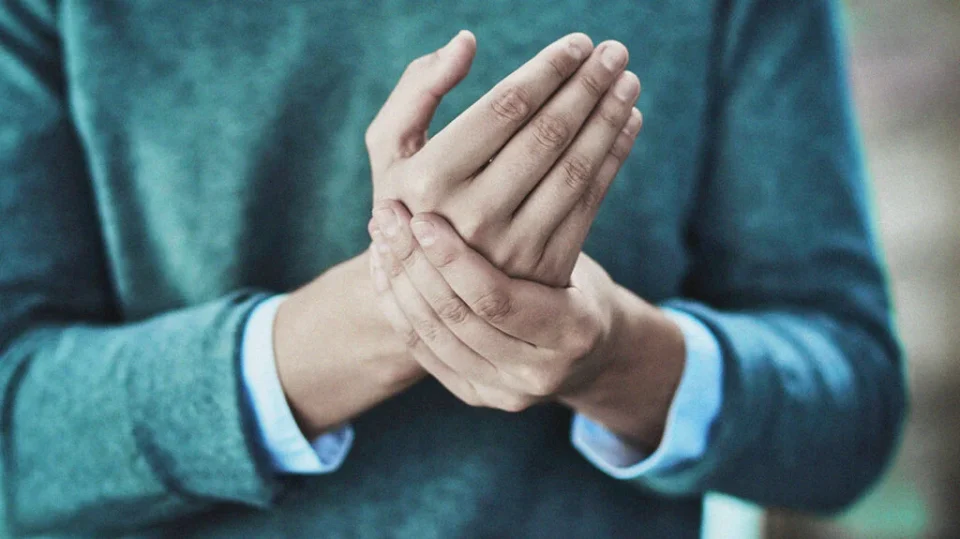Injuries to the hand, particularly the knuckles, are among the most common types of injuries experienced in daily life. Knuckle injuries can range from mild sprains to severe fractures. Among these injuries, a broken knuckle—medically referred to as a metacarpal fracture—is one of the most significant. Understanding the signs, symptoms, and treatment options of a broken knuckle is crucial for anyone looking to maintain their hand health and function.
What is a Broken Knuckle?
A broken knuckle usually refers to a fracture in one of the five metacarpal bones that form the back of the hand and meet the phalanges (finger bones). Metacarpal fractures often occur due to trauma, such as punching a hard object, falling, or sports injuries. The severity of the fracture can vary; it may be a simple crack or a complex break that causes the bone to misalign.
Signs and Symptoms of a Broken Knuckle
Identifying a knuckle injury can sometimes be tricky, especially when symptoms overlap with other types of hand injuries. Here are some common signs and symptoms of a broken knuckle:
-
- Pain: The pain is often immediate and can be sharp and intense, especially when trying to move or use the affected hand.
- Pain: The pain is often immediate and can be sharp and intense, especially when trying to move or use the affected hand.
-
- Swelling: Swelling around the knuckle is a typical response to injury. This can occur quickly after the injury and can extend to surrounding areas of the hand.
- Swelling: Swelling around the knuckle is a typical response to injury. This can occur quickly after the injury and can extend to surrounding areas of the hand.
-
- Bruising: Discoloration or bruising may develop around the knuckle and the surrounding tissue, sometimes appearing within a few hours after the injury.
- Bruising: Discoloration or bruising may develop around the knuckle and the surrounding tissue, sometimes appearing within a few hours after the injury.
-
- Deformity: In cases of severe fractures, the knuckle may appear misaligned or deformed. This could be accompanied by a visible bump or indentation.
- Deformity: In cases of severe fractures, the knuckle may appear misaligned or deformed. This could be accompanied by a visible bump or indentation.
-
- Reduced Range of Motion: An individual may find it difficult or impossible to flex or extend their fingers fully. The pain experienced during movement often prevents normal functionality.
- Reduced Range of Motion: An individual may find it difficult or impossible to flex or extend their fingers fully. The pain experienced during movement often prevents normal functionality.
-
- Numbness or Tingling: If the injury affects the nerves in the hand, it may lead to sensations of numbness or tingling, particularly in the fingers.

Diagnosis of a Broken Knuckle
If you suspect you have a broken knuckle, it’s essential to seek medical attention. A healthcare provider will perform a physical examination and may order imaging tests, such as X-rays, to determine the extent of the injury. Sometimes, CT scans or MRIs may be needed for more complex cases to understand the full scope of the injury.
Treatment Options
Treatment for a broken knuckle can vary based on the type and severity of the fracture. Here are some common approaches:
-
- Rest and Ice: Initially, resting the hand and applying ice can help reduce swelling and alleviate pain. Ice should be applied for 15-20 minutes every hour as needed in the first 48 hours after the injury.
- Rest and Ice: Initially, resting the hand and applying ice can help reduce swelling and alleviate pain. Ice should be applied for 15-20 minutes every hour as needed in the first 48 hours after the injury.
-
- Elevation: Keeping the hand elevated above the level of the heart can help minimize swelling.
- Elevation: Keeping the hand elevated above the level of the heart can help minimize swelling.
-
- Immobilization: A splint or cast may be used to immobilize the hand and support proper healing. This will help prevent movement that could aggravate the injury.
- Immobilization: A splint or cast may be used to immobilize the hand and support proper healing. This will help prevent movement that could aggravate the injury.
-
- Pain Management: Over-the-counter pain relievers like ibuprofen or acetaminophen can help manage pain and inflammation.
- Pain Management: Over-the-counter pain relievers like ibuprofen or acetaminophen can help manage pain and inflammation.
-
- Physical Therapy: After immobilization, physical therapy may be recommended to restore strength and range of motion. This typically begins once the fracture has sufficiently healed.
- Physical Therapy: After immobilization, physical therapy may be recommended to restore strength and range of motion. This typically begins once the fracture has sufficiently healed.
-
- Surgery: In cases of severe fractures or when the bones are misaligned, surgical intervention may be required to realign the bones and secure them with pins, screws, or plates.
Recovery and Prognosis
Recovery from a broken knuckle may take anywhere from a few weeks to several months, depending on the fracture’s severity and treatment method. Adhering to the prescribed treatment plan is crucial for optimal recovery. Regular follow-ups with a healthcare provider will help ensure that the healing process is on track.
Prevention
While not all knuckle injuries can be prevented, there are ways to reduce the risk:
-
- Use Proper Technique: Sporting activities often lead to knuckle injuries; learning and using proper techniques can mitigate risk.
- Use Proper Technique: Sporting activities often lead to knuckle injuries; learning and using proper techniques can mitigate risk.
-
- Wear Protective Gear: When engaging in activities that put your hands at risk, such as martial arts or contact sports, using protective gear like gloves can help.
- Wear Protective Gear: When engaging in activities that put your hands at risk, such as martial arts or contact sports, using protective gear like gloves can help.
-
- Strengthening Exercises: Engaging in hand and wrist strengthening exercises can help improve overall hand stability and reduce injury risk.
Conclusion
Understanding the signs and symptoms of a broken knuckle can empower individuals to seek timely medical help and effectively manage their recovery. While a knuckle injury can be painful and debilitating, appropriate treatment and care can ensure a successful recovery, allowing individuals to return to their normal activities. If you suspect a broken knuckle, remember that prompt diagnosis and treatment are key to a smooth recovery.
